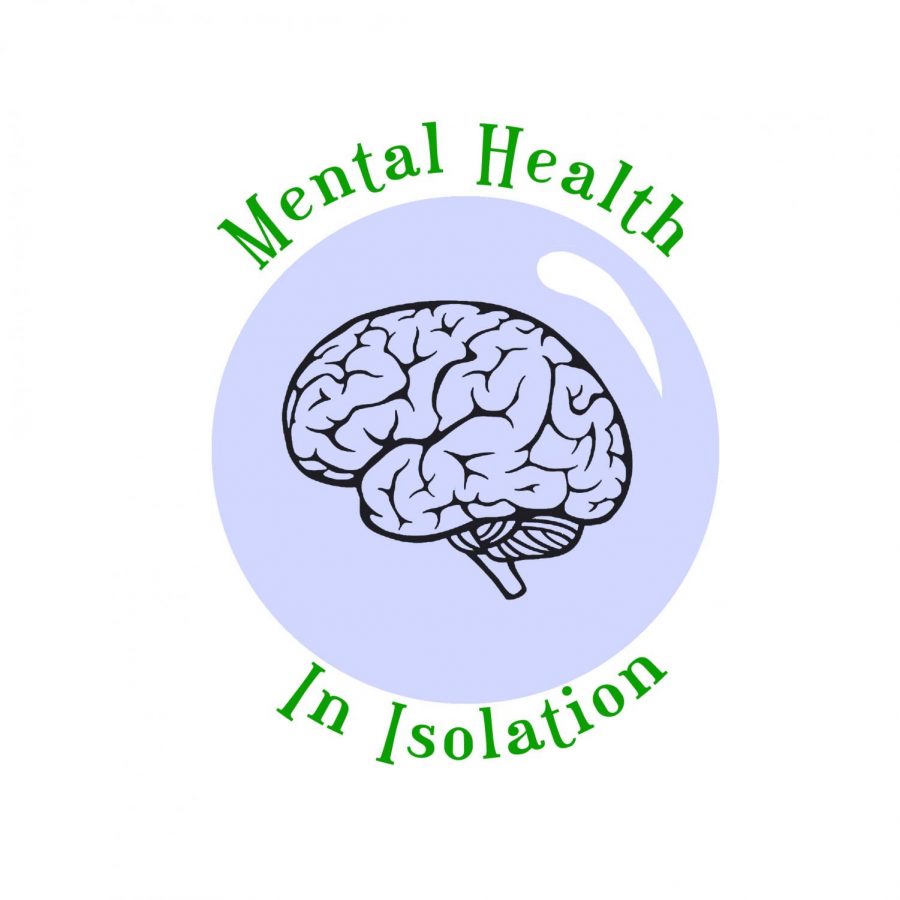Mental health in isolation
COVID-19 is causing those with bipolar disorder to be further isolated from close family and friends
Photo by Bethany Mennecke
This week for “mental health in isolation” I’m going to be focusing on bipolar disorder.
The University of Michigan’s department of psychiatry wrote an article on bipolar disorder and managing stress during COVID-19.
The article stressed how important sleep is for someone who has bipolar disorder, especially during times of extreme stress like now, during the COVID-19 pandemic.
Another problem related to COVID-19 and bipolar disorder is the need to social distance and keep group gatherings small.
This means there are fewer close friends to check in on the individual and this may have to be done over the phone.
It can also mean increased phone usage, but the article recommended minimizing exposure to social media, especially news that talks about their stressors.
Bipolar disorder is a mental health condition that causes extreme mood swings which include emotional highs and lows, according to Mayo Clinic.
These highs and lows include mania or hypomania (less extreme mania) when the feelings seem to be positive and include depression when feelings are low.
When depressed, one may feel sad or hopeless and loose interest in many activities they once enjoyed.
But when the individual’s mood shifts to mania or hypomania, they may be full of energy or feel unusually irritable.
These mood swings can affect one’s sleep, energy, activity, judgement, behavior and ability to think clearly.
The mood swings can occur rarely or multiple times a year. Some individuals may have some emotional symptoms between episodes while others may not experience any.
Mood swings usually last for weeks at a time. For example, an individual with bipolar disorder may be going through a period of mania where they feel extremely happy for a month and then become depressed for multiple weeks.
There are several different types of bipolar and related disorders. Symptoms of all types can cause unpredictable changes in mood and behavior.
- Bipolar I disorder is when an individual has experienced at least one manic episode that may be preceded or followed by a major depressive episode.
- Bipolar II disorder is when an individual has had at least one major depressive episode and at least one hypomanic episode, but has never had a manic episode.
- Cyclothymic disorder is when an individual has had at least two years of multiple periods of hypomania and periods of depressive symptoms.
The classifications do not mean one disorder is lesser than another, but they are all completely different diagnoses.
I’ve known a few people in my life who had bipolar disorder. It could be frustrating at times to have them go through such extreme highs and lows without explanation.
It’s important to remember, however, that it’s not the person’s fault they have bipolar disorder, and they are often confused by their feelings too.
Some symptoms that can help decipher if one is going through mania and hypomania include:
- Being abnormally upbeat, jumpy or weird
- Increased activity, energy or agitation
- Decreased need for sleep
- Racing thoughts
- Poor or risky decision-making
Symptoms of a major depressive episode can include:
- Feeling sad, empty or hopeless
- Significant weight loss, weight gain or decrease or increase in appetite
- Insomnia or sleeping too much
- Fatigue
- Feelings of worthlessness or excessive guilt
If you believe you may be bipolar and need help, talk to a loved one or a mental health professional. Although there is no national hotline for bipolar disorder, one can text the crisis text line by sending “HELLO” to 741741.
Olson can be reached at olsongm1225@uwec.edu.

Grace Olson is a fourth-year journalism student with a sociology minor and a WGSS certificate. She loves to explore Eau Claire, read, find new music and spend time with her friends and family! Grace will be graduating this December and while excited to finish up school, she is sad to say goodbye to The Spectator.


